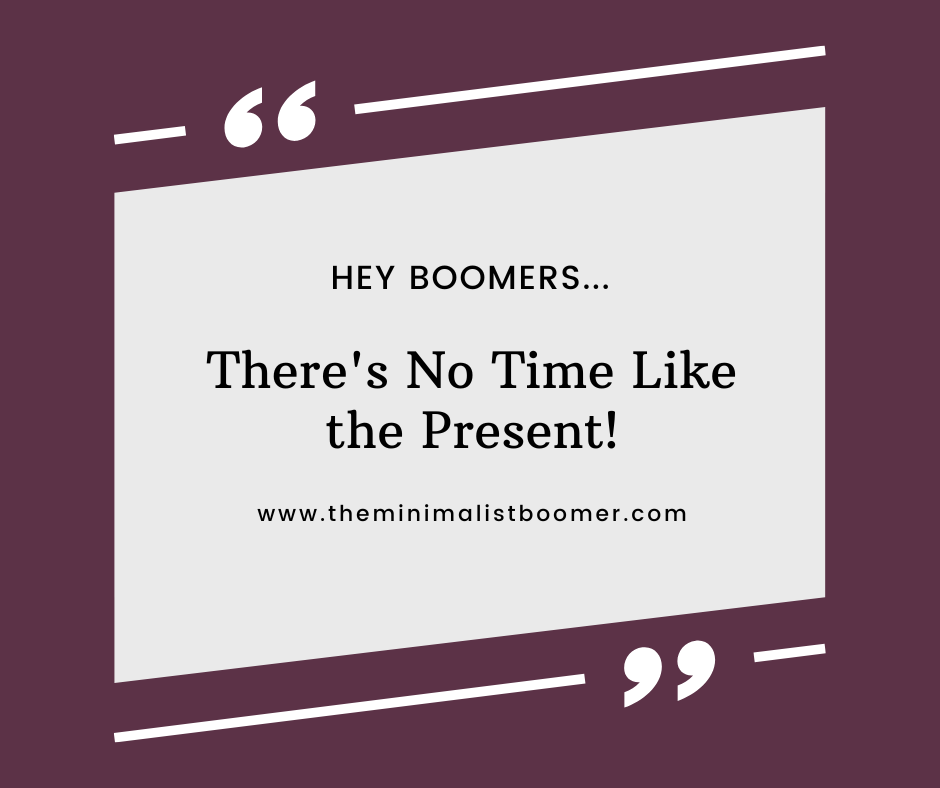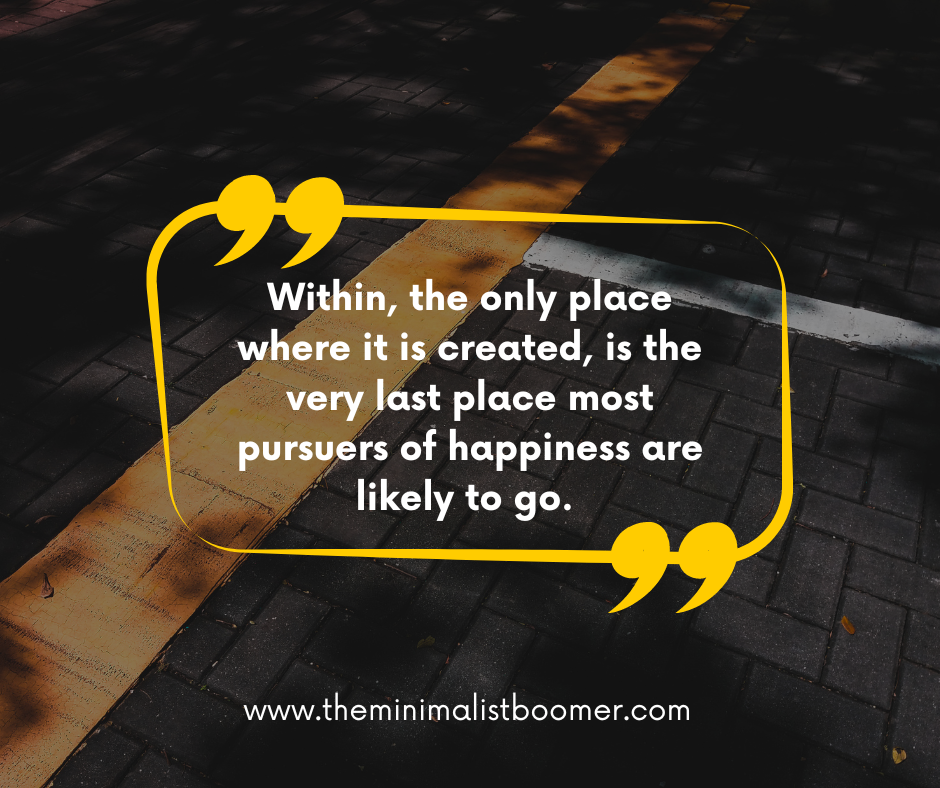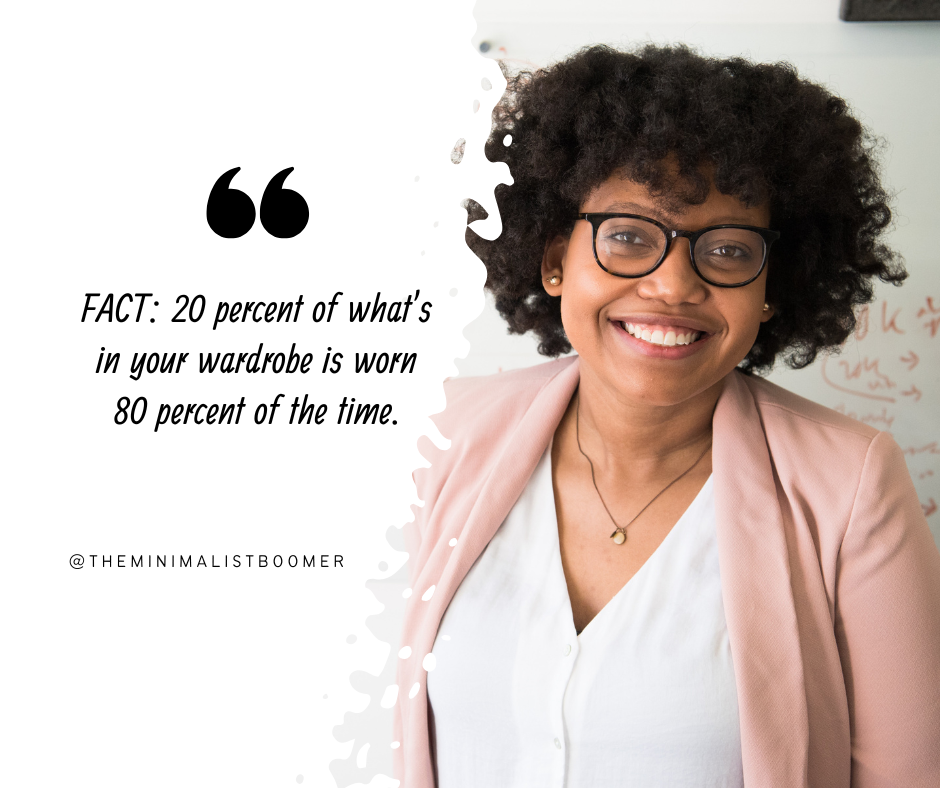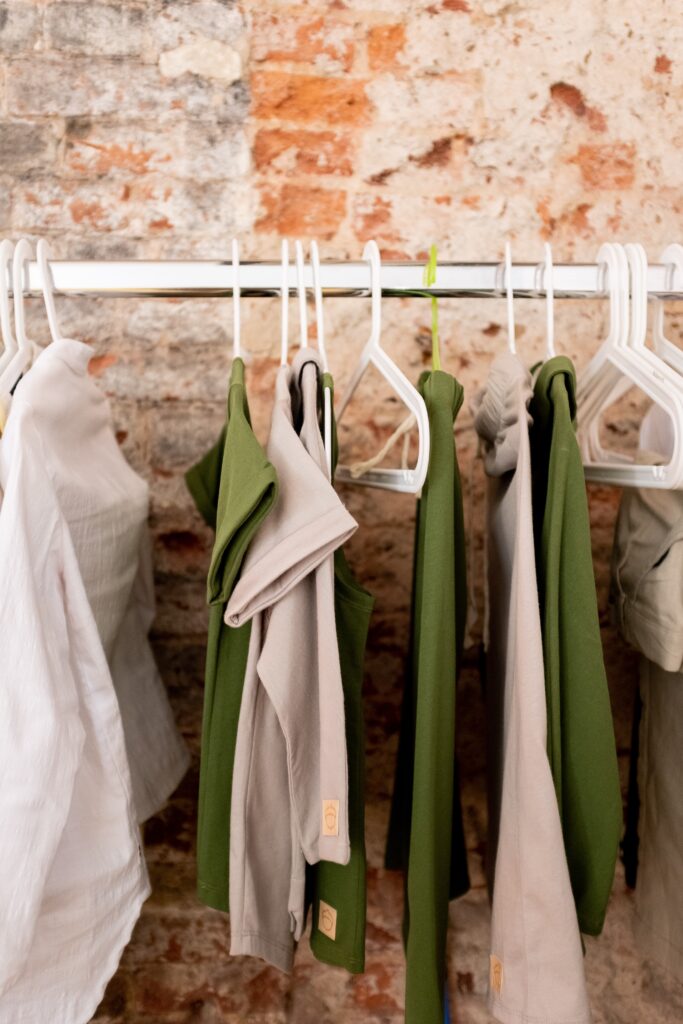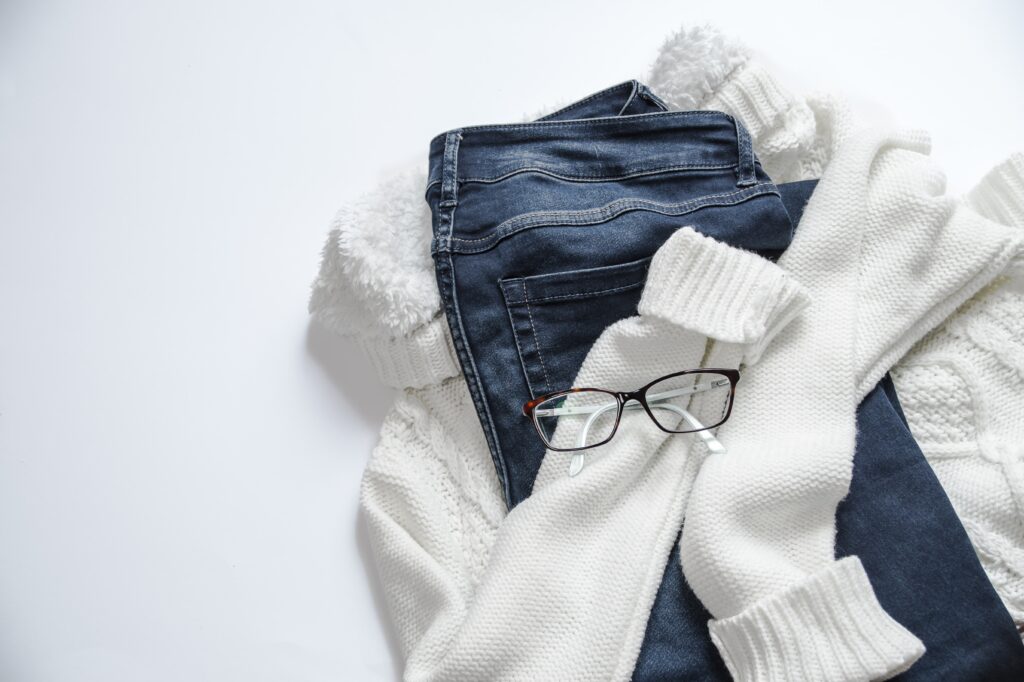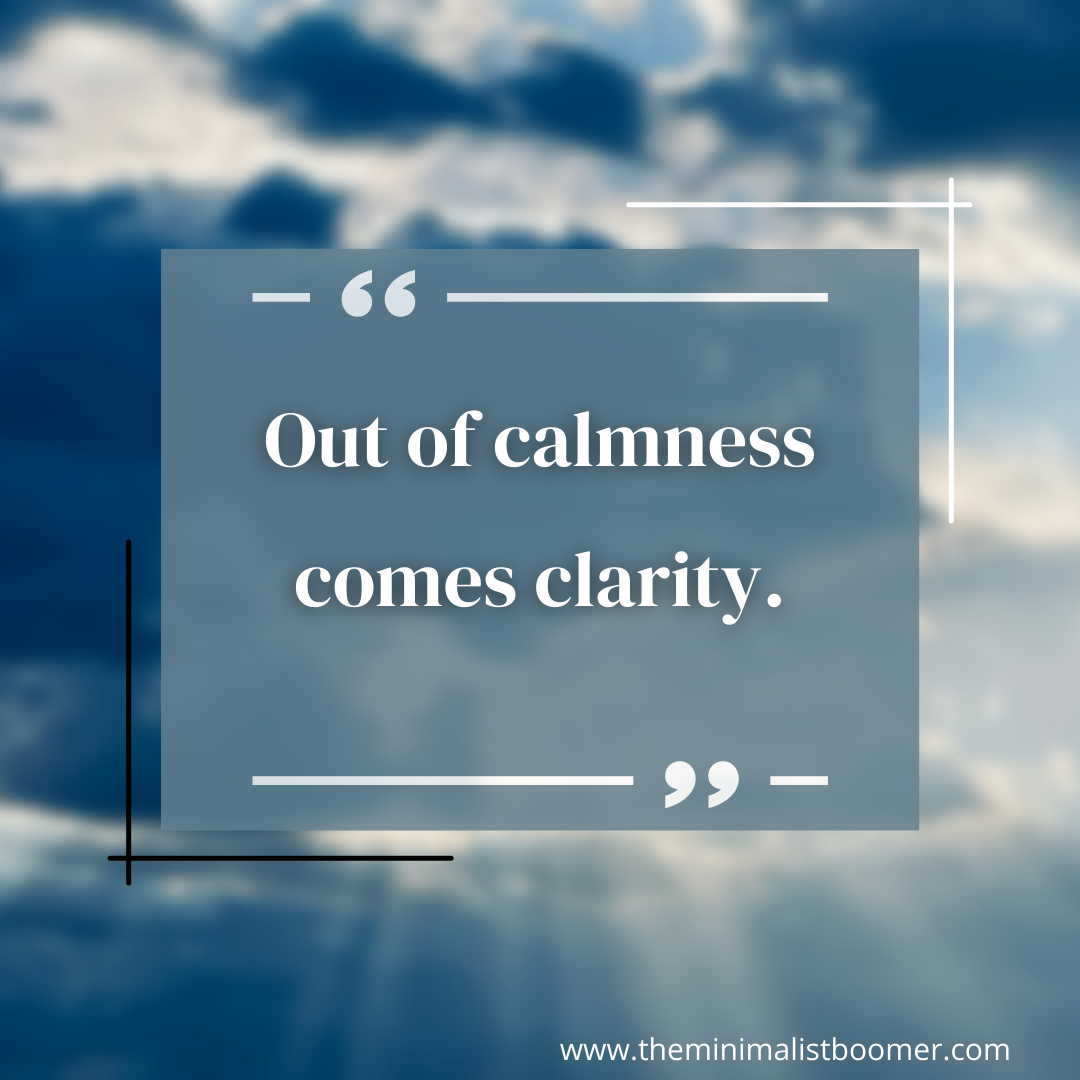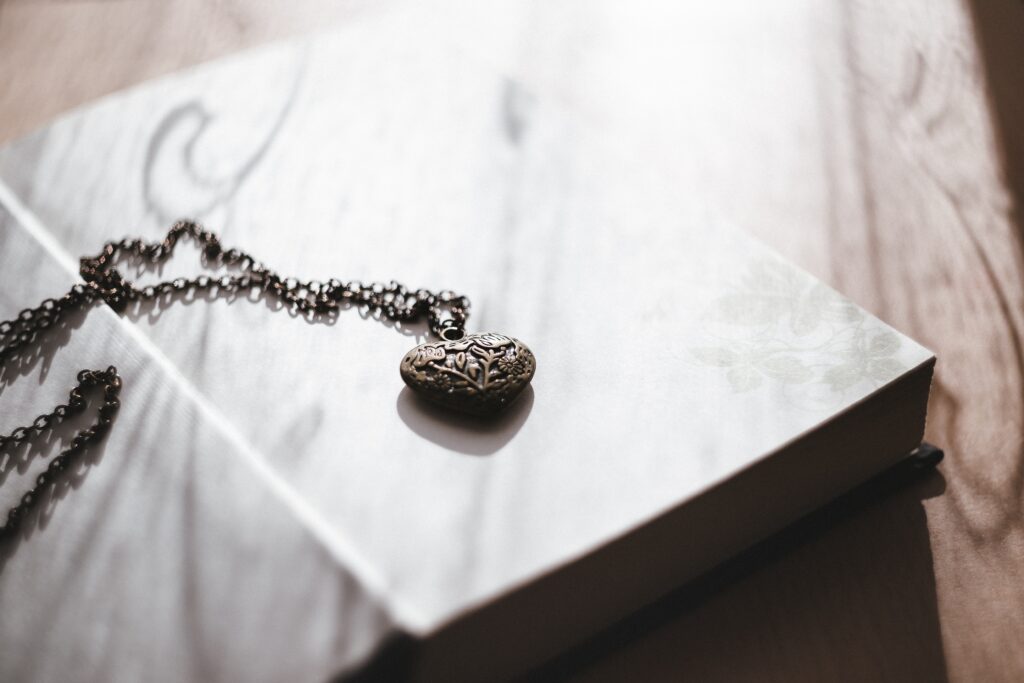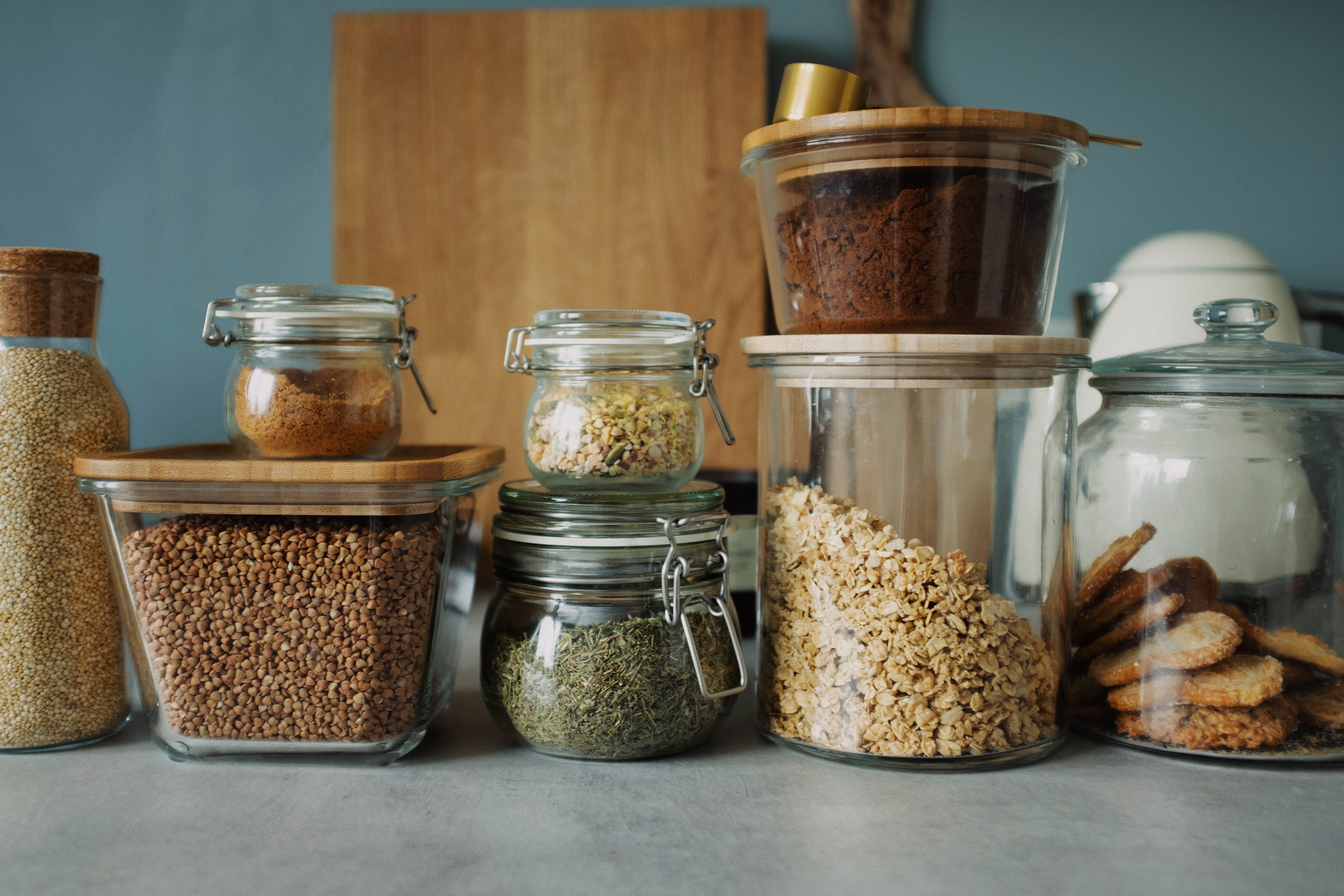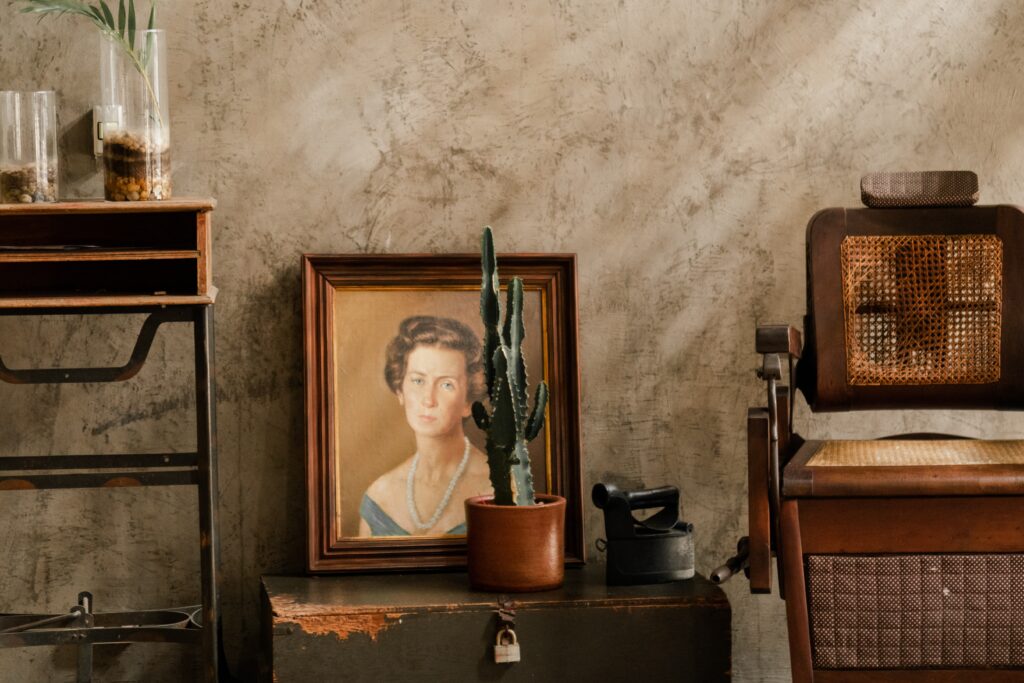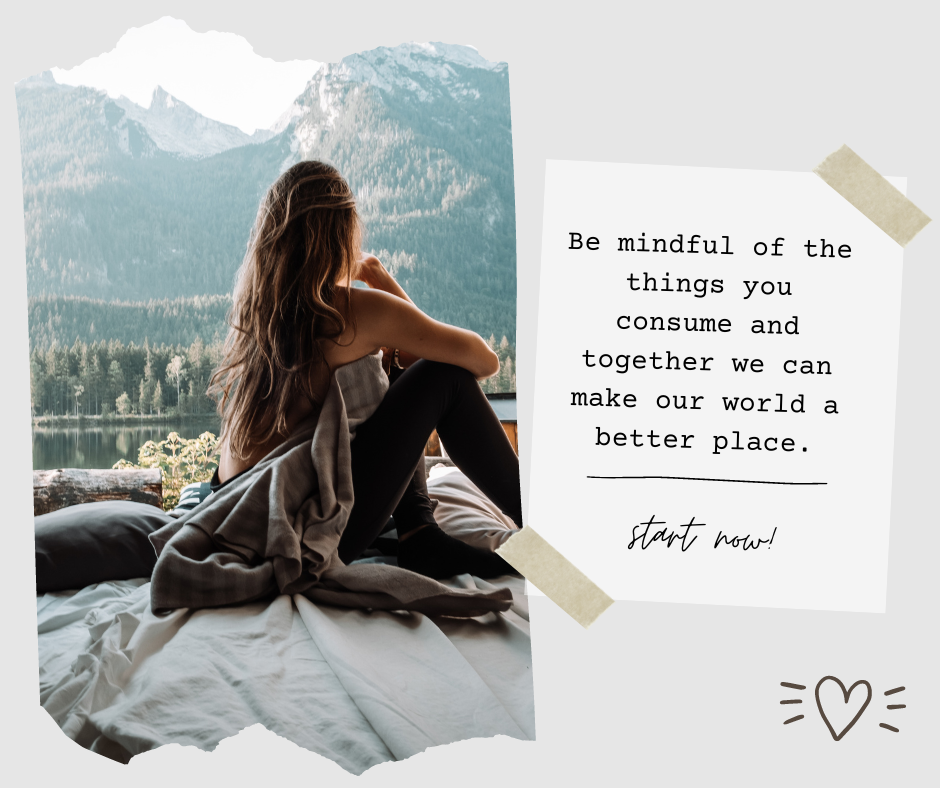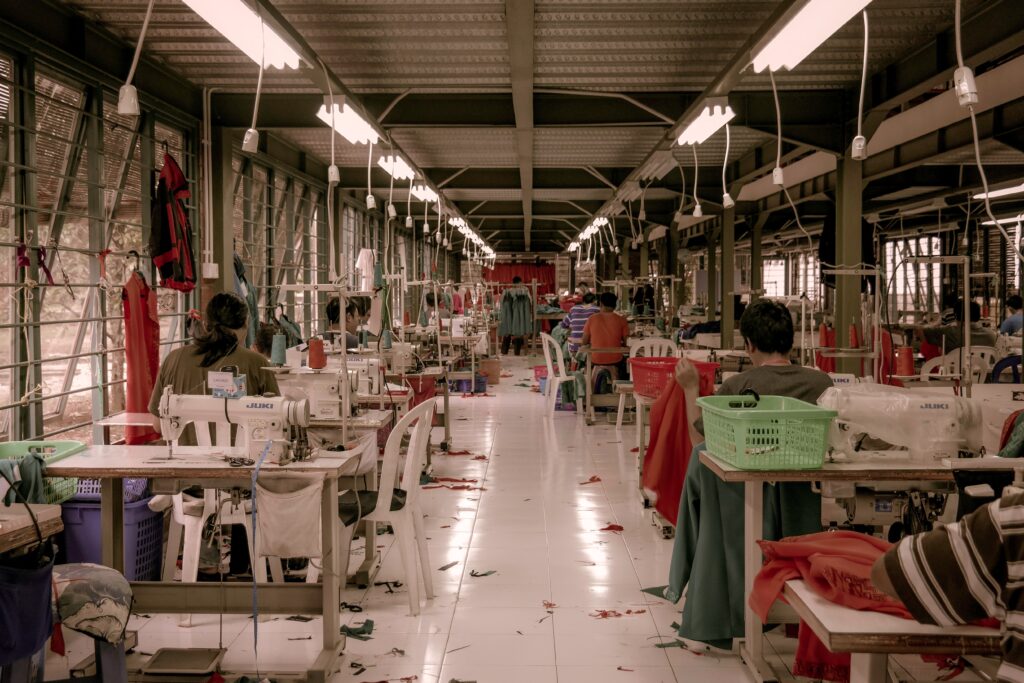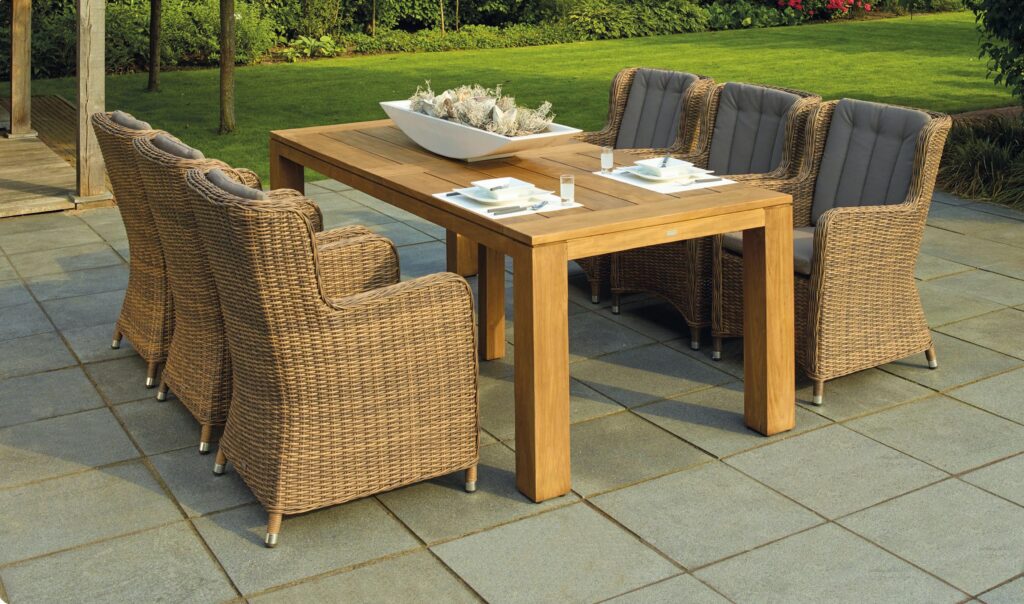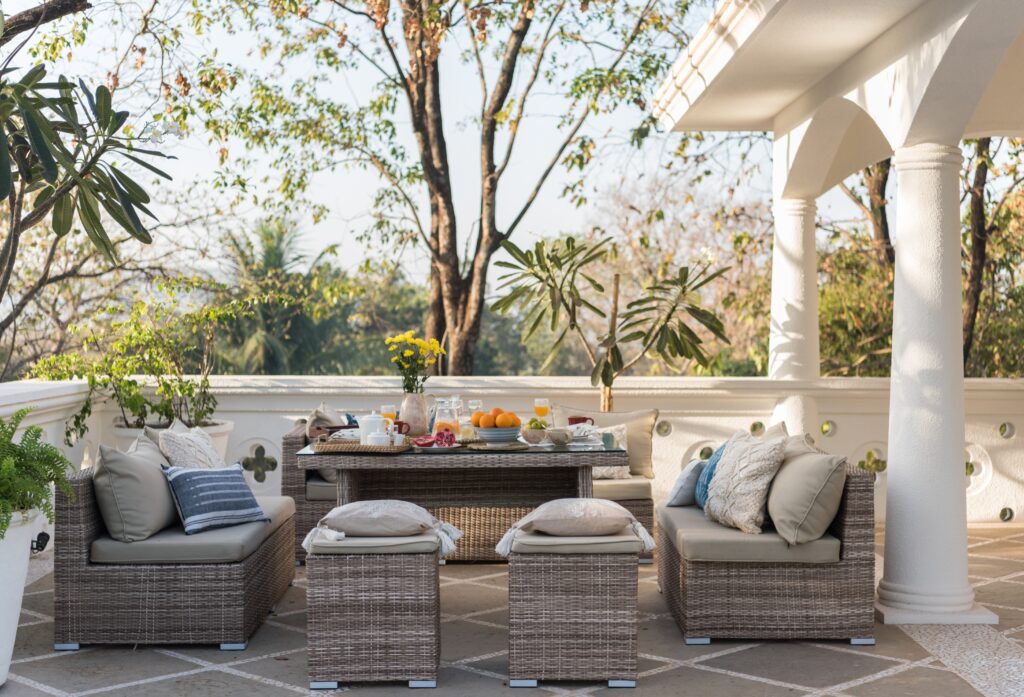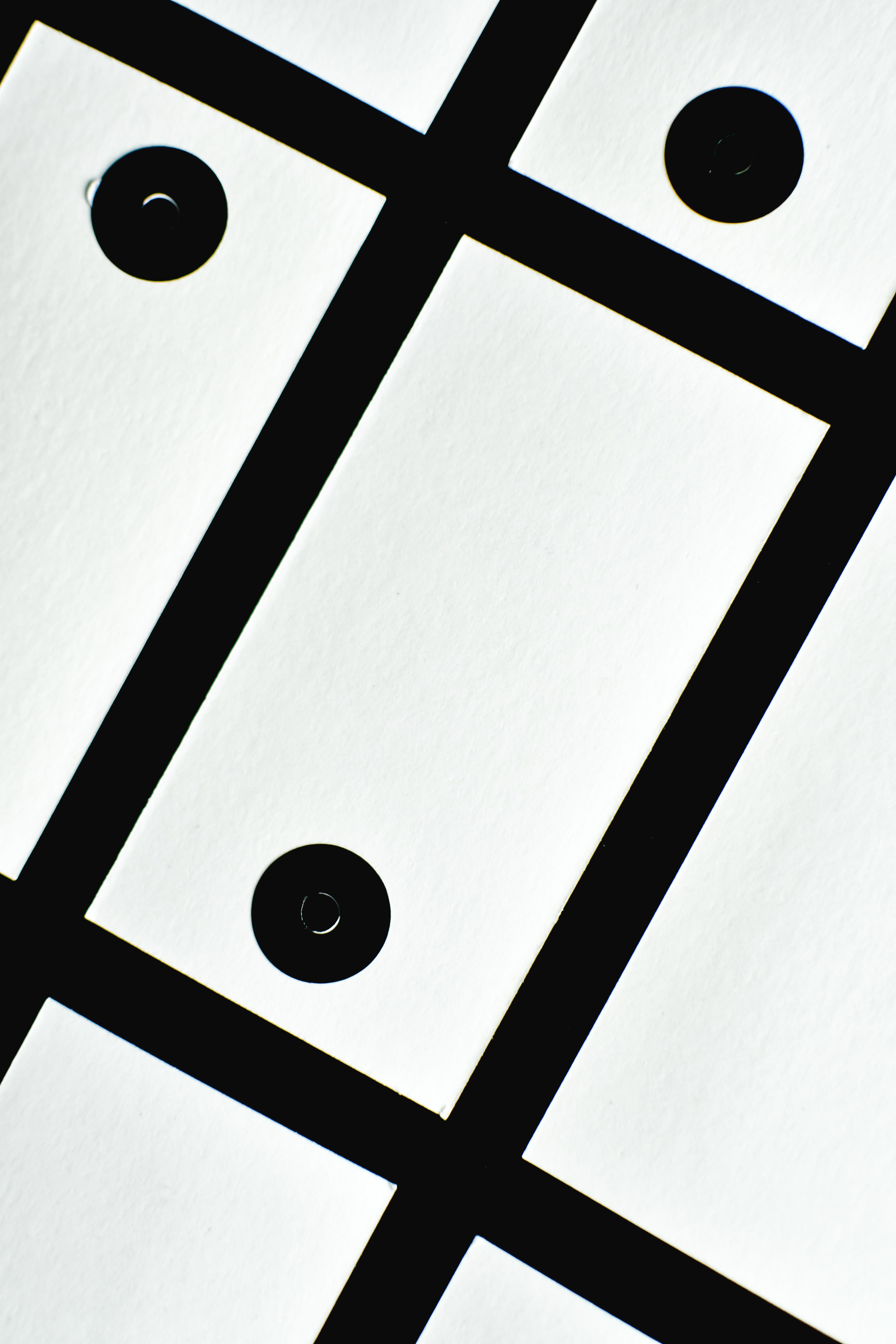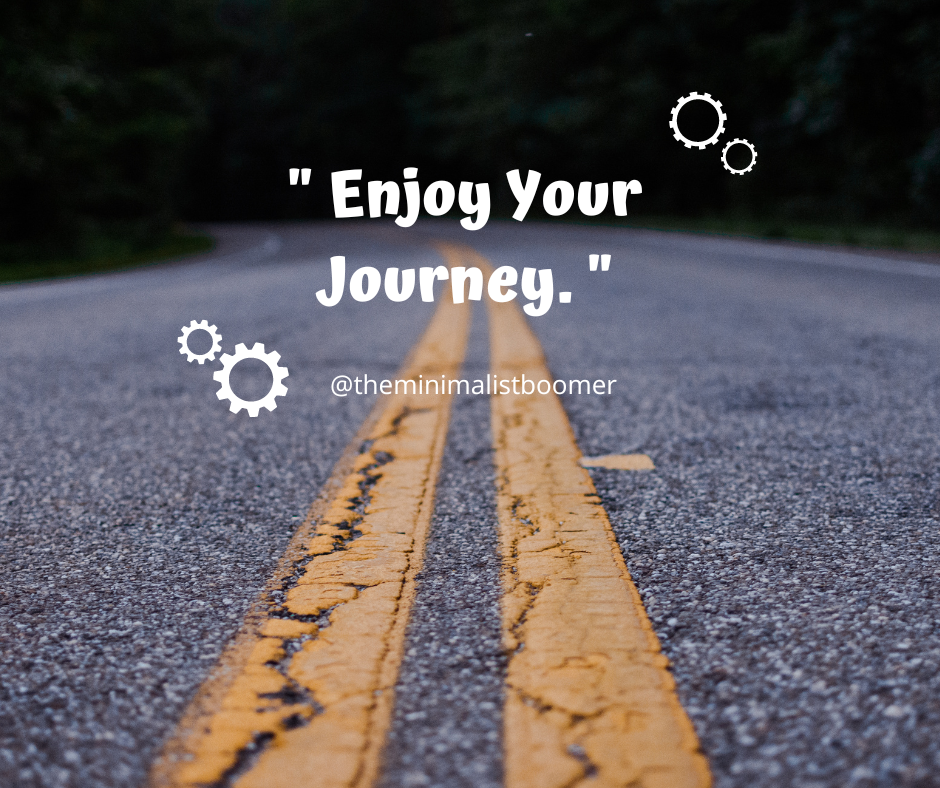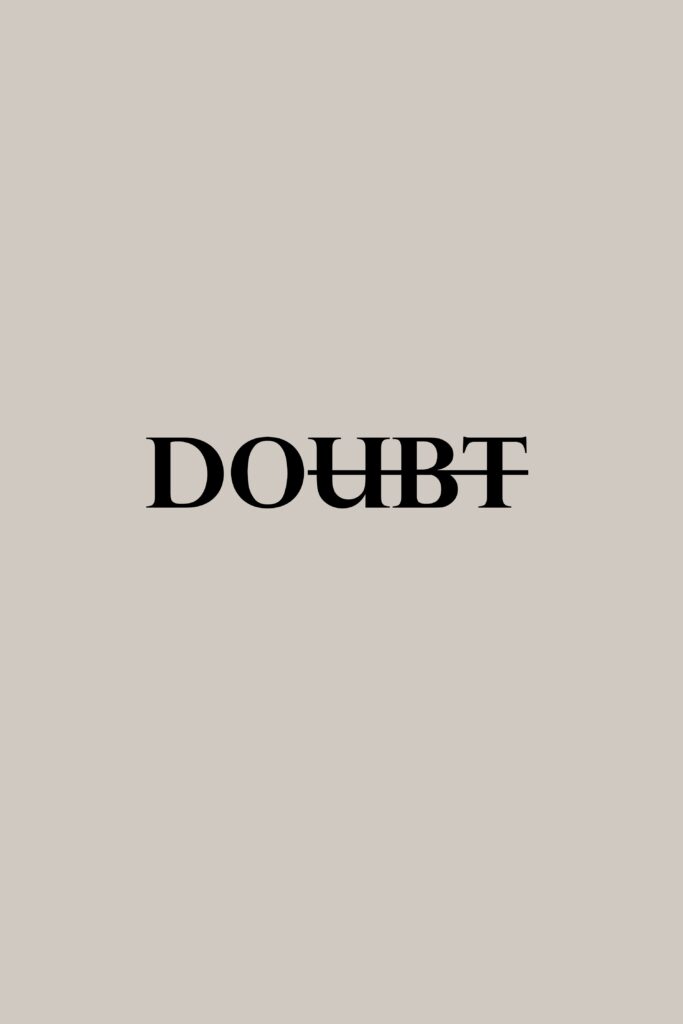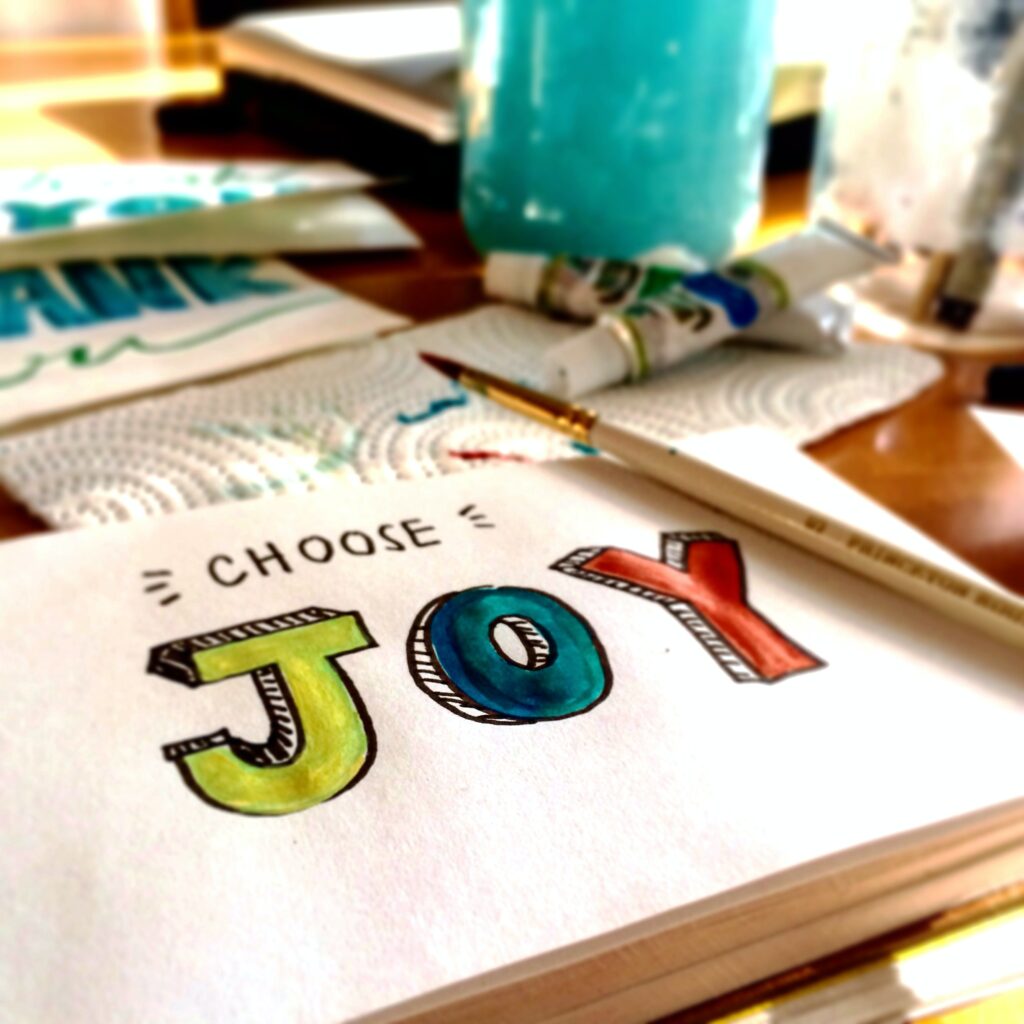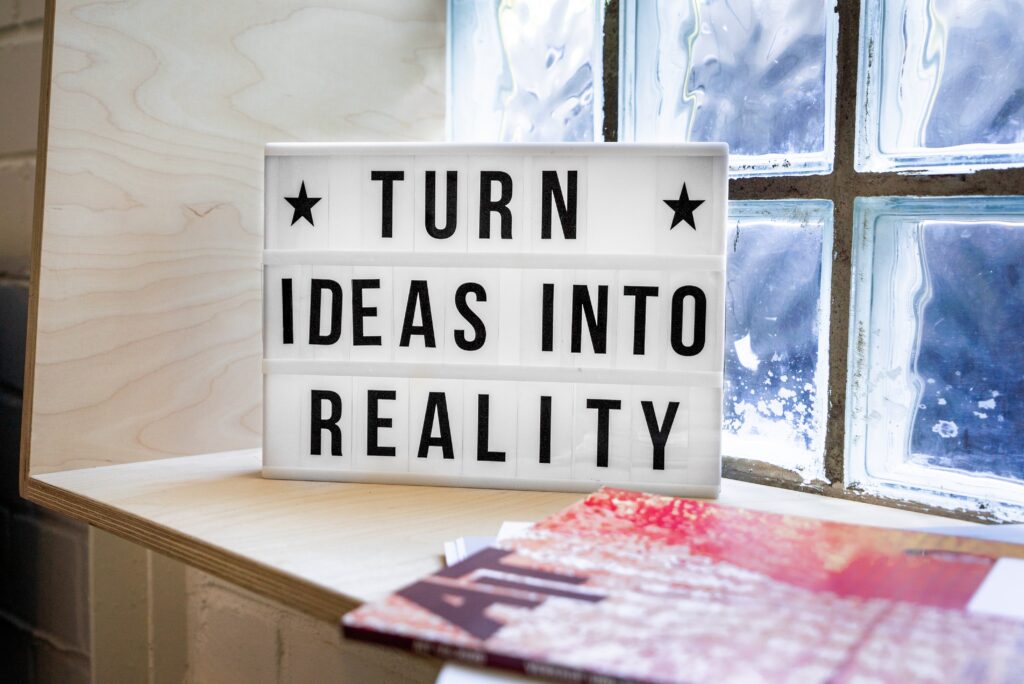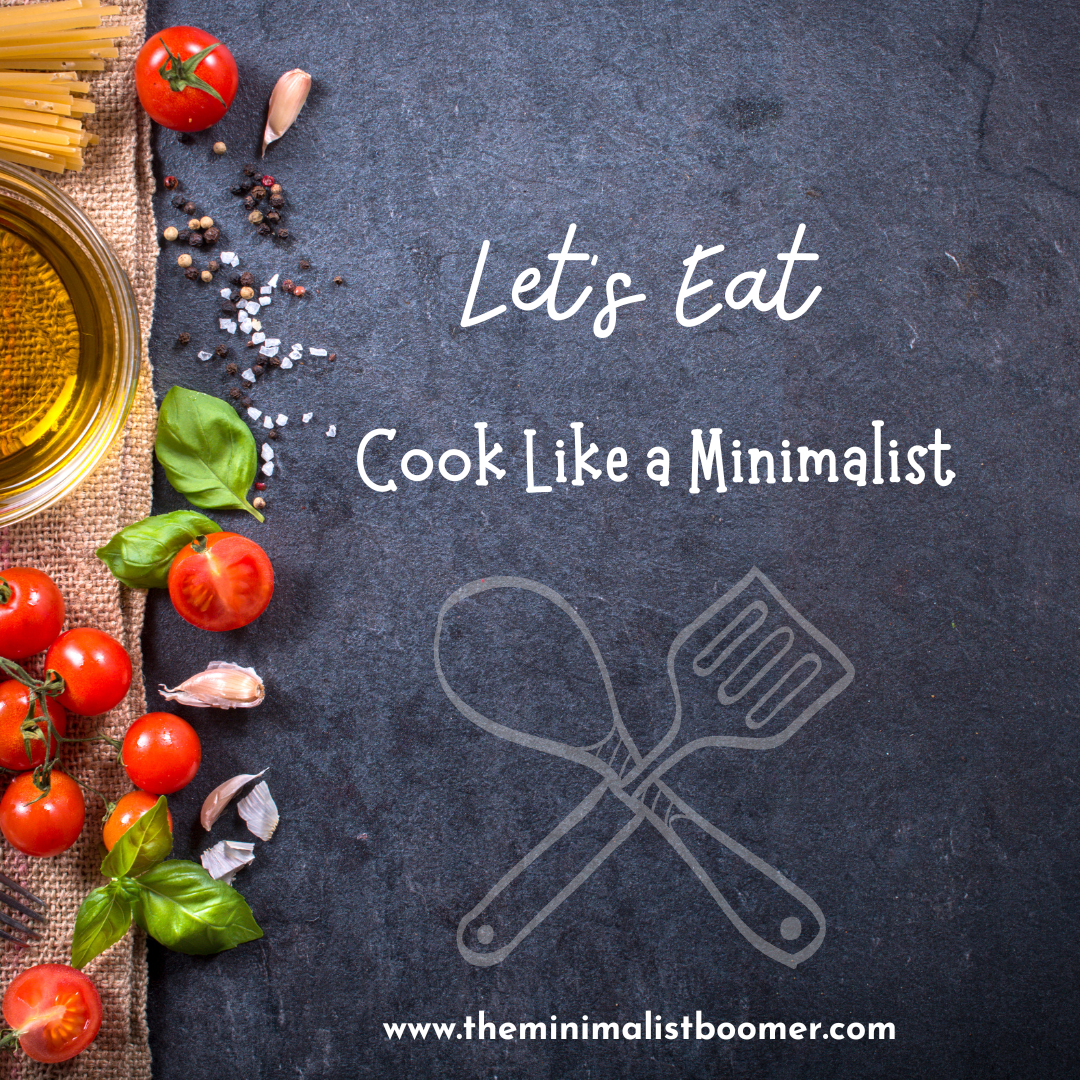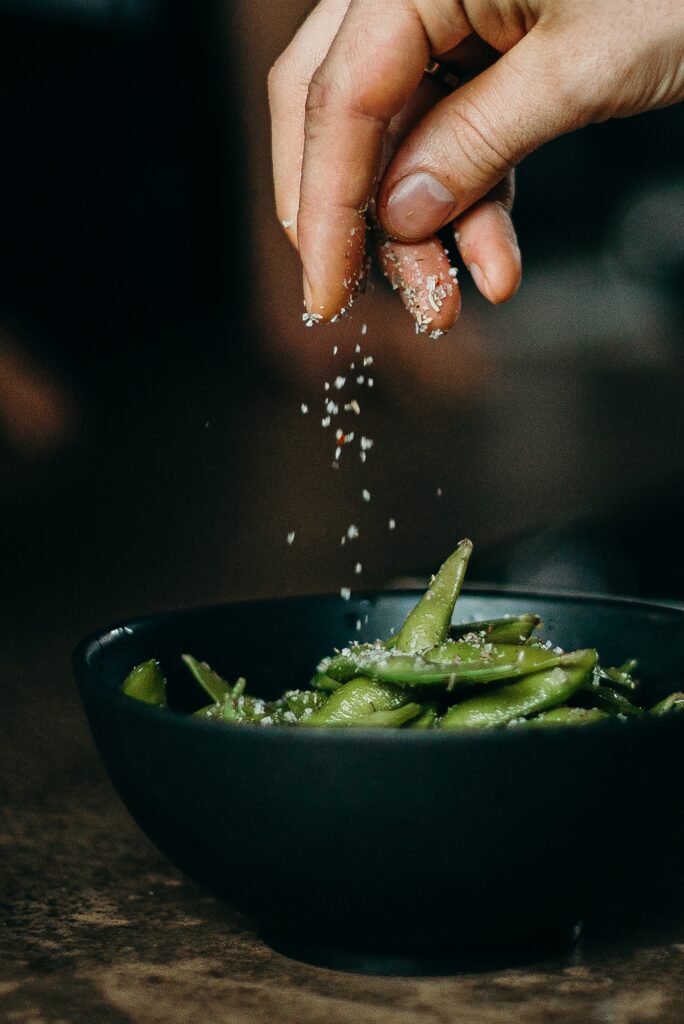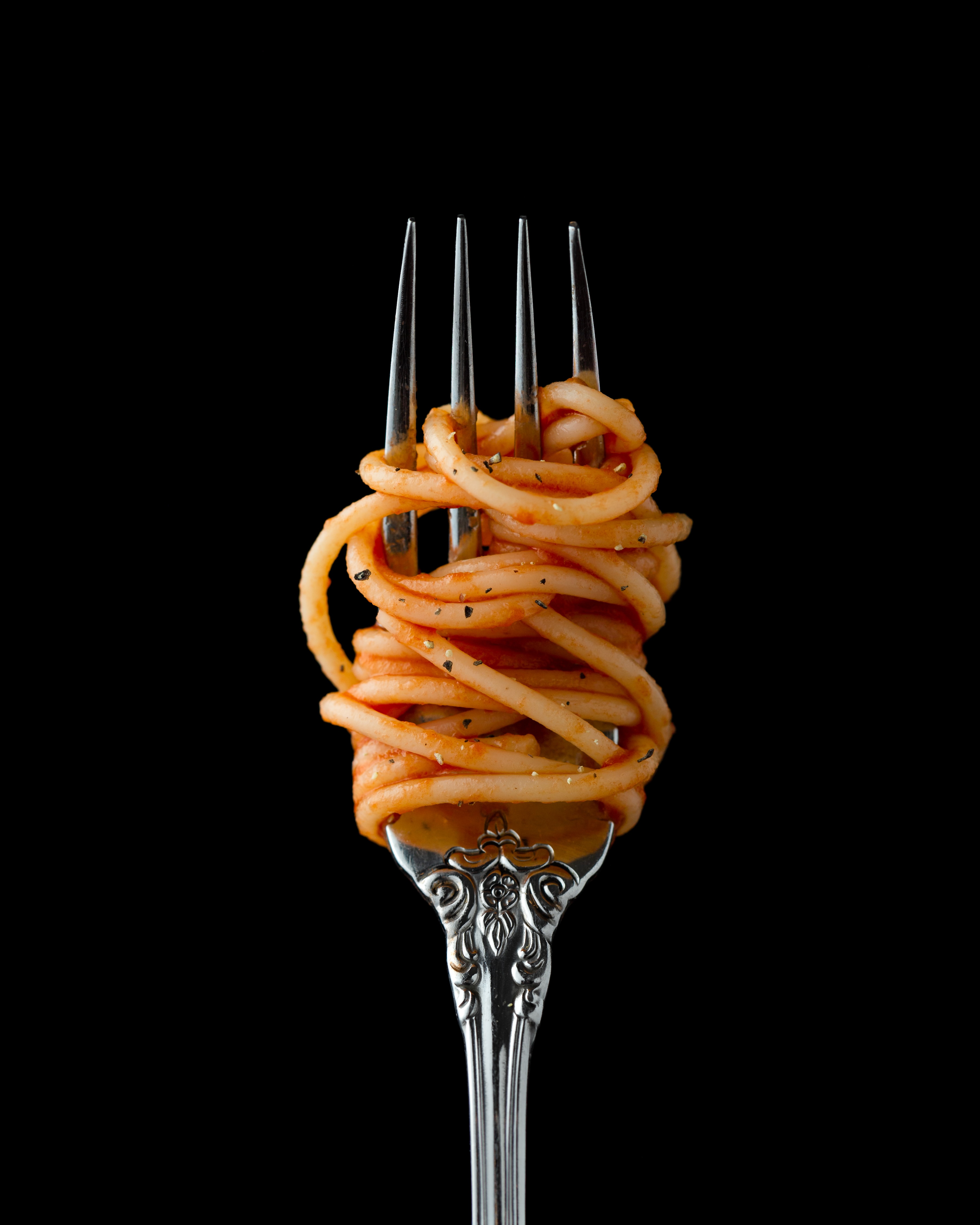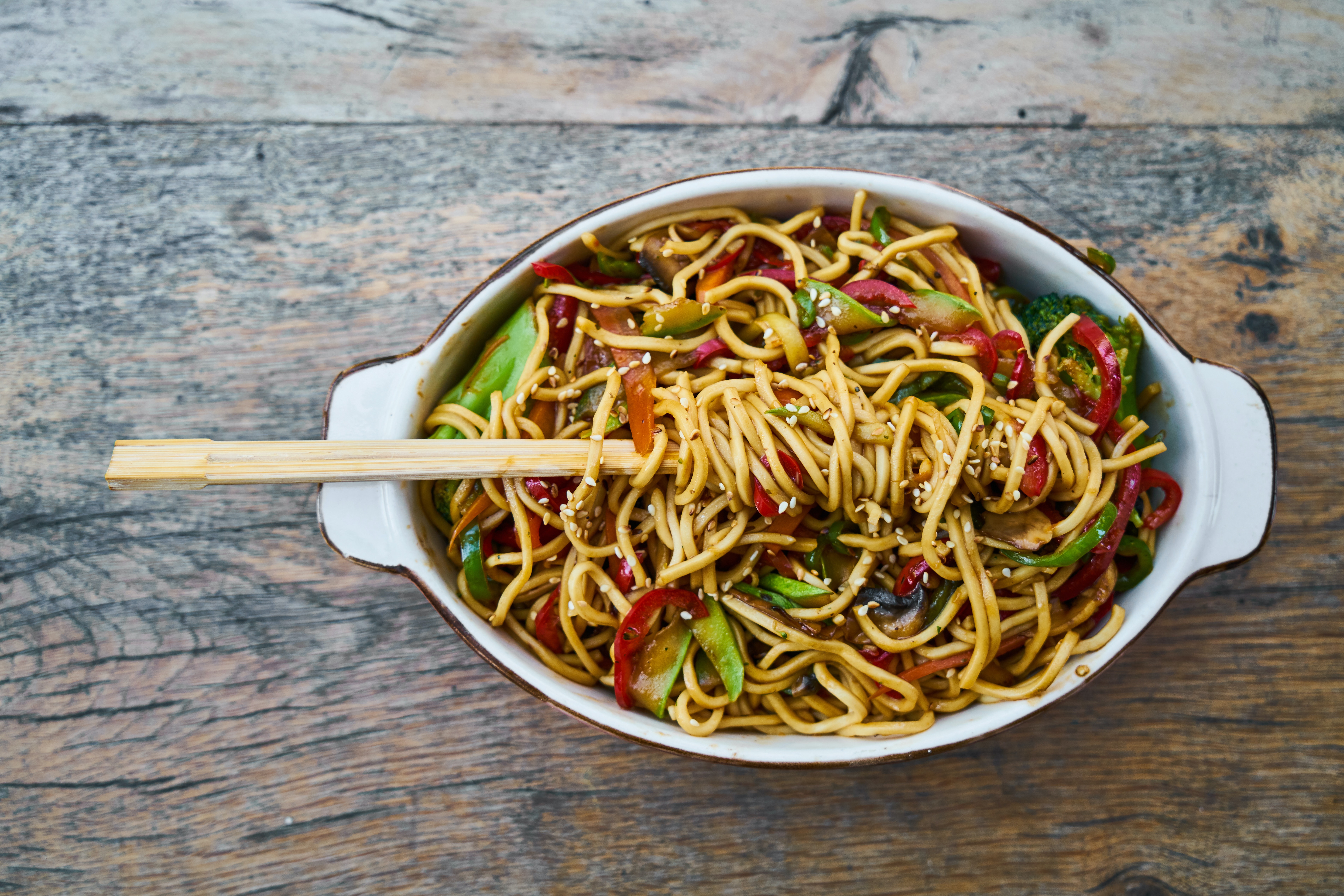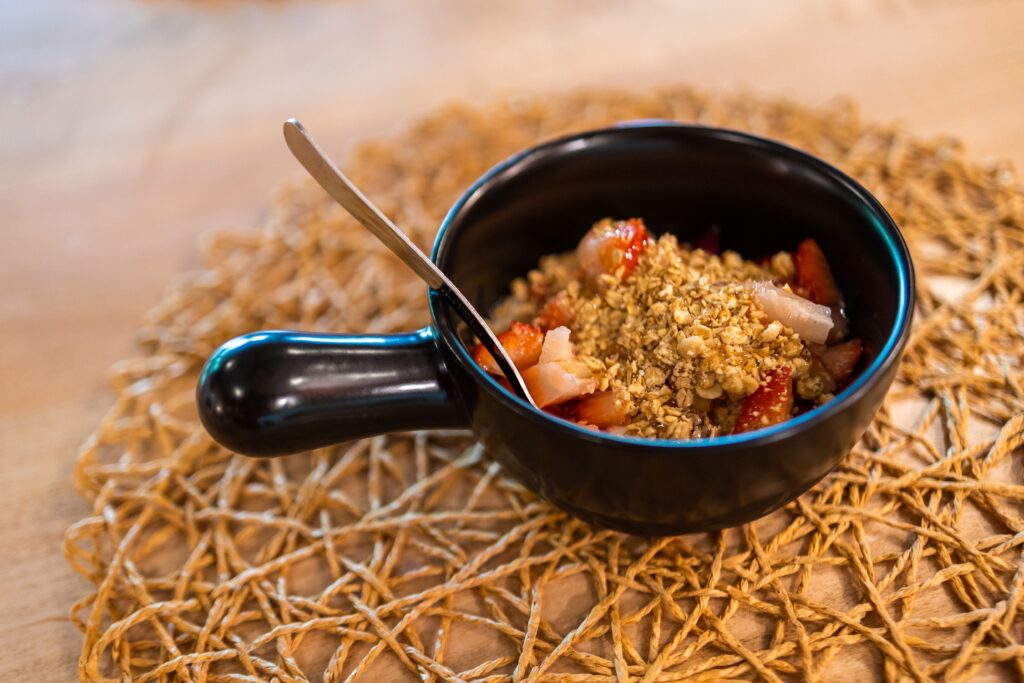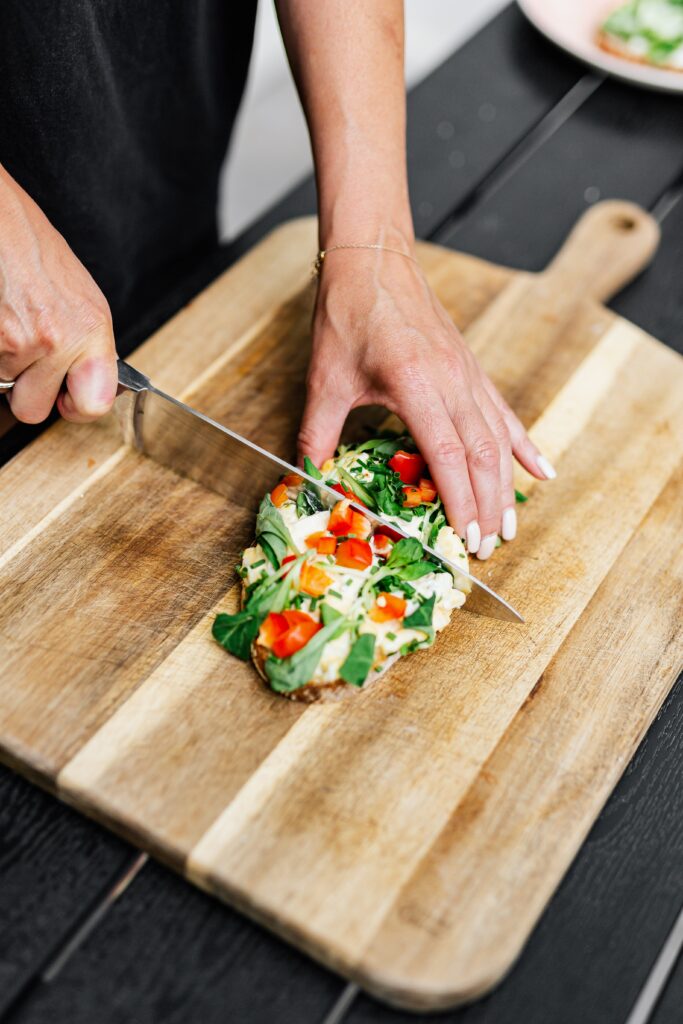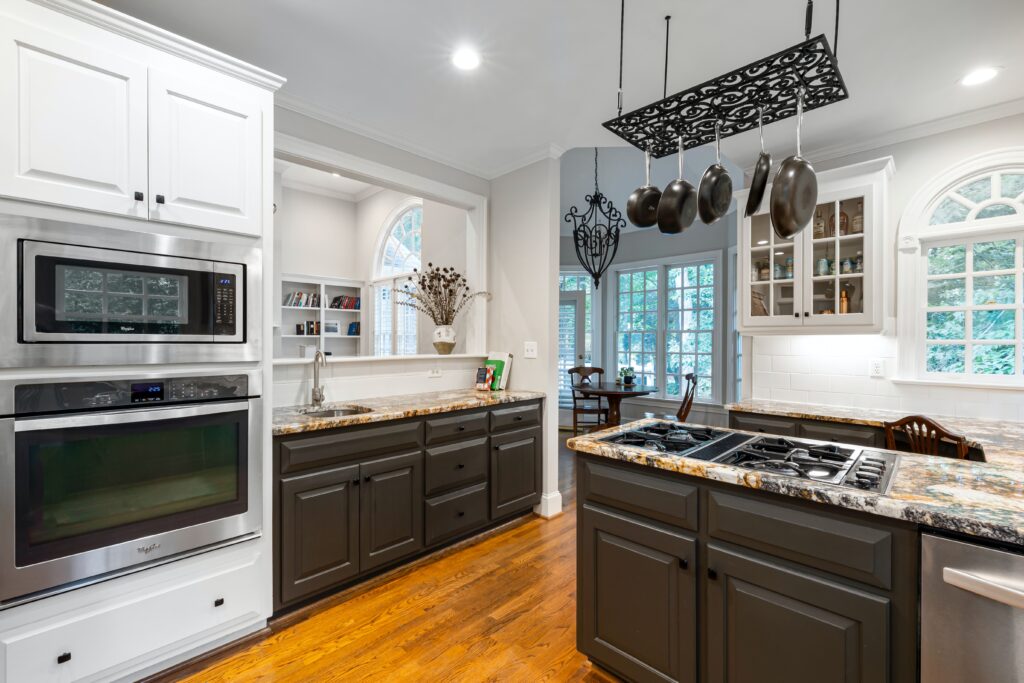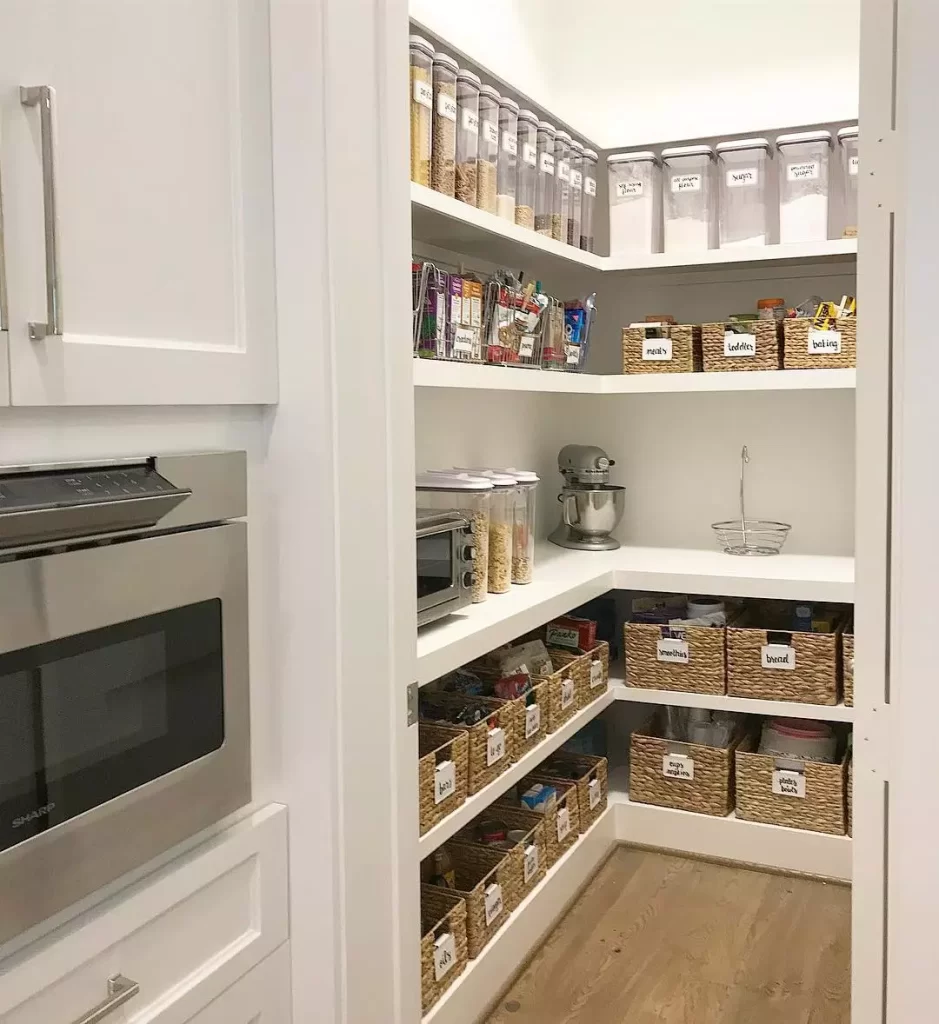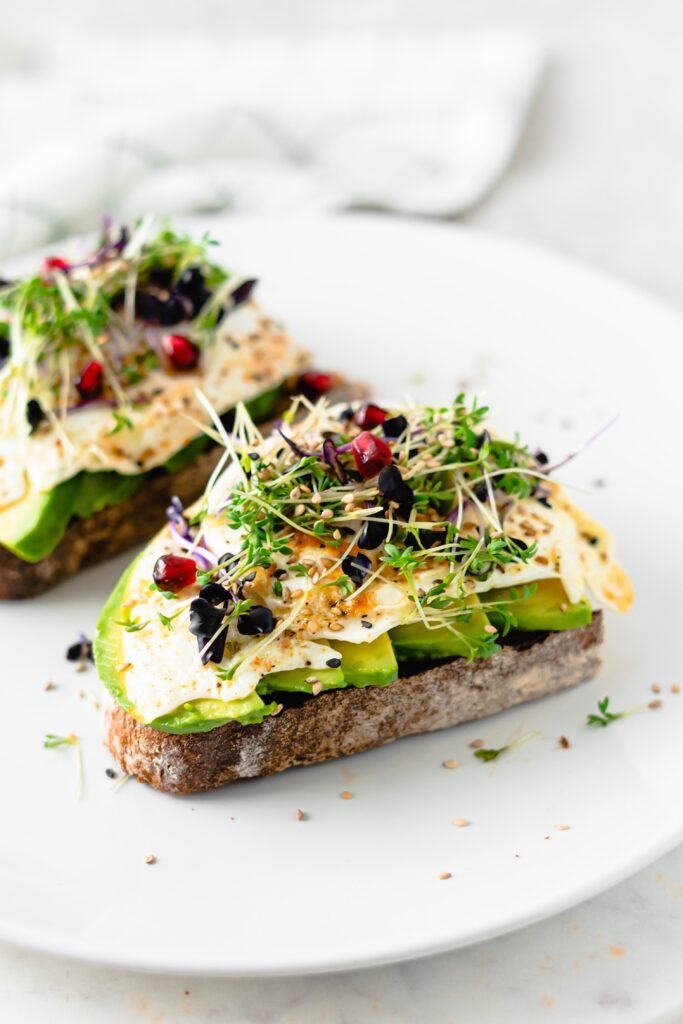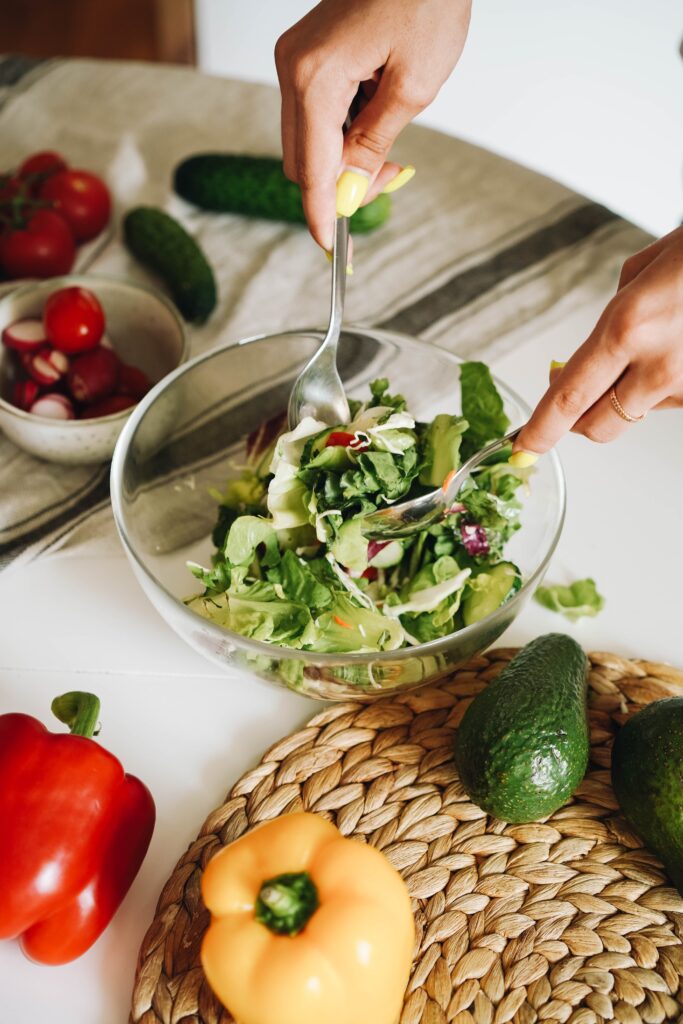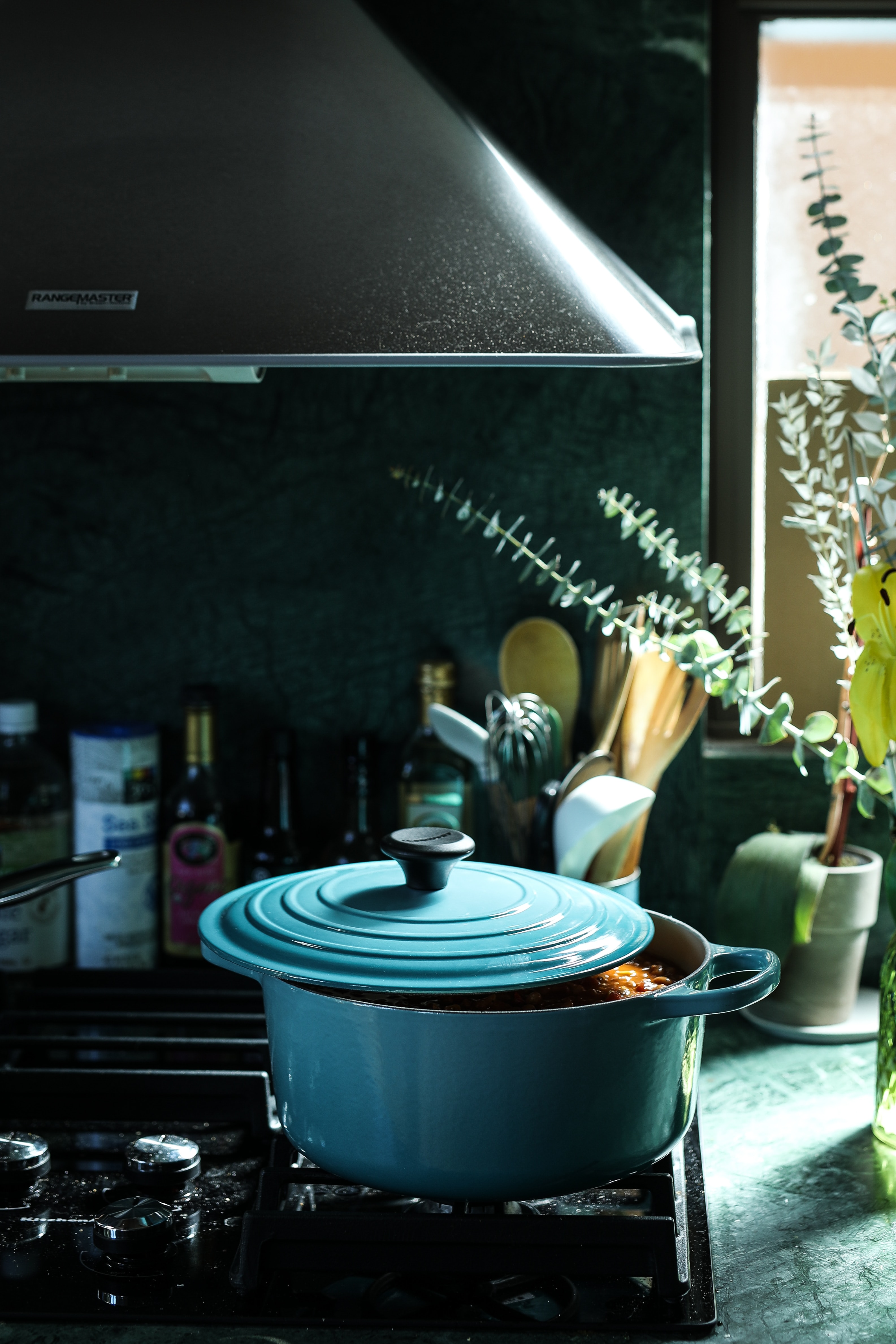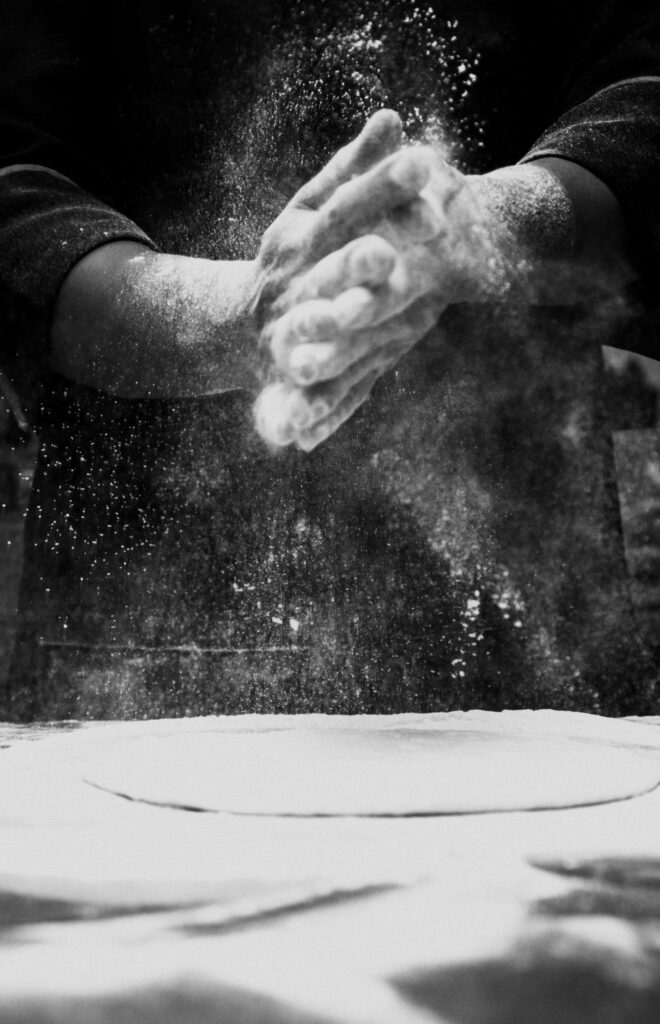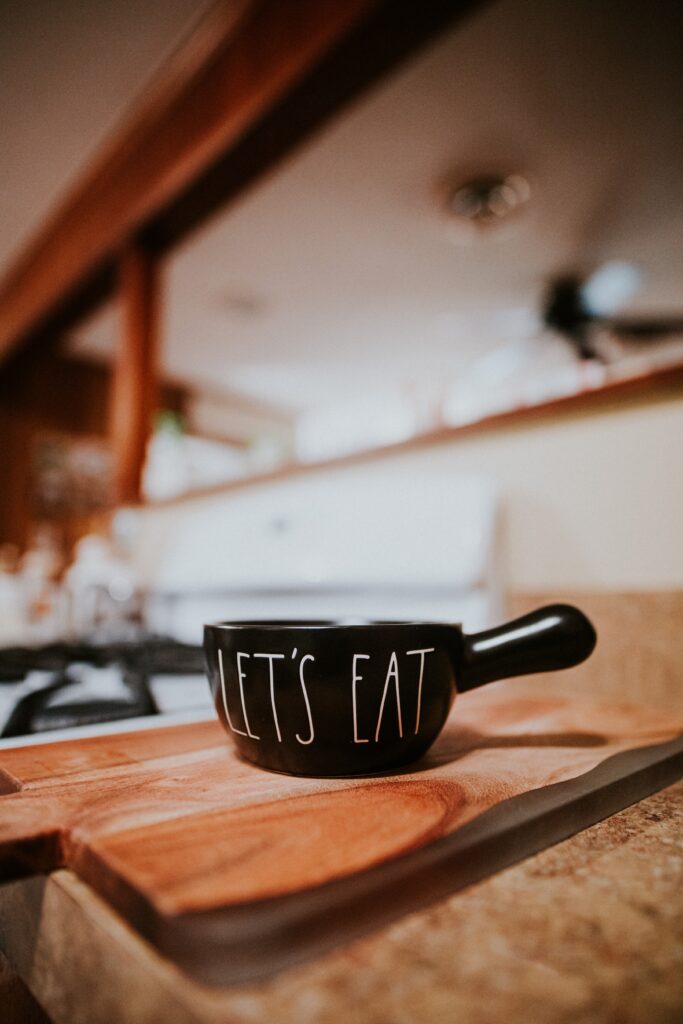I was reading an article about someone who challenged his family to go outside, sit down in a quiet spot, and seriously consider what possessions are most important to them. He told them to imagine what items they would replace if, God forbid, their home was to burn to the ground with everything they own inside it. This is a very scary thought, but the responses he received were amazing.
His wife was quick to point out that after a house fire, sentimental items may be lost forever. While it can be devastating for some people to let go of cherished possessions, one would come to understand that memories reside in one’s heart and mind, not in physical objects. By embracing this mindset, she pointed out that they would need to begin to shift their focus on the present and create new memories, unburdened by the weight of those “treasured” possessions. She expressed relief in that. Without all of the sentimental objects to sort through, there were very few items she would want to go out and purchase again.

When they finished and met back inside to share their lists, they were surprised at how short each person’s list was. They all had way more stuff than they needed and agreed that it would feel good to get rid of some things. And so, this began their journey toward living a minimalist lifestyle, where the focus is not on accumulating more stuff but on living intentionally with less.
Here are Some Reasons why Boomers Become Minimalists
Decluttering and Simplifying
Minimalism is a lifestyle trend that has gained significant momentum in recent years, particularly among the baby boomer generation. With its emphasis on simplifying and decluttering, minimalism offers countless benefits that resonate with our generation. Today, we will explore two key aspects of minimalism: “Letting Go of Material Possessions” and “Finding Freedom in Minimalism.”
“Wanting less is a better blessing than having more.” — Mary Ellen Edmunds
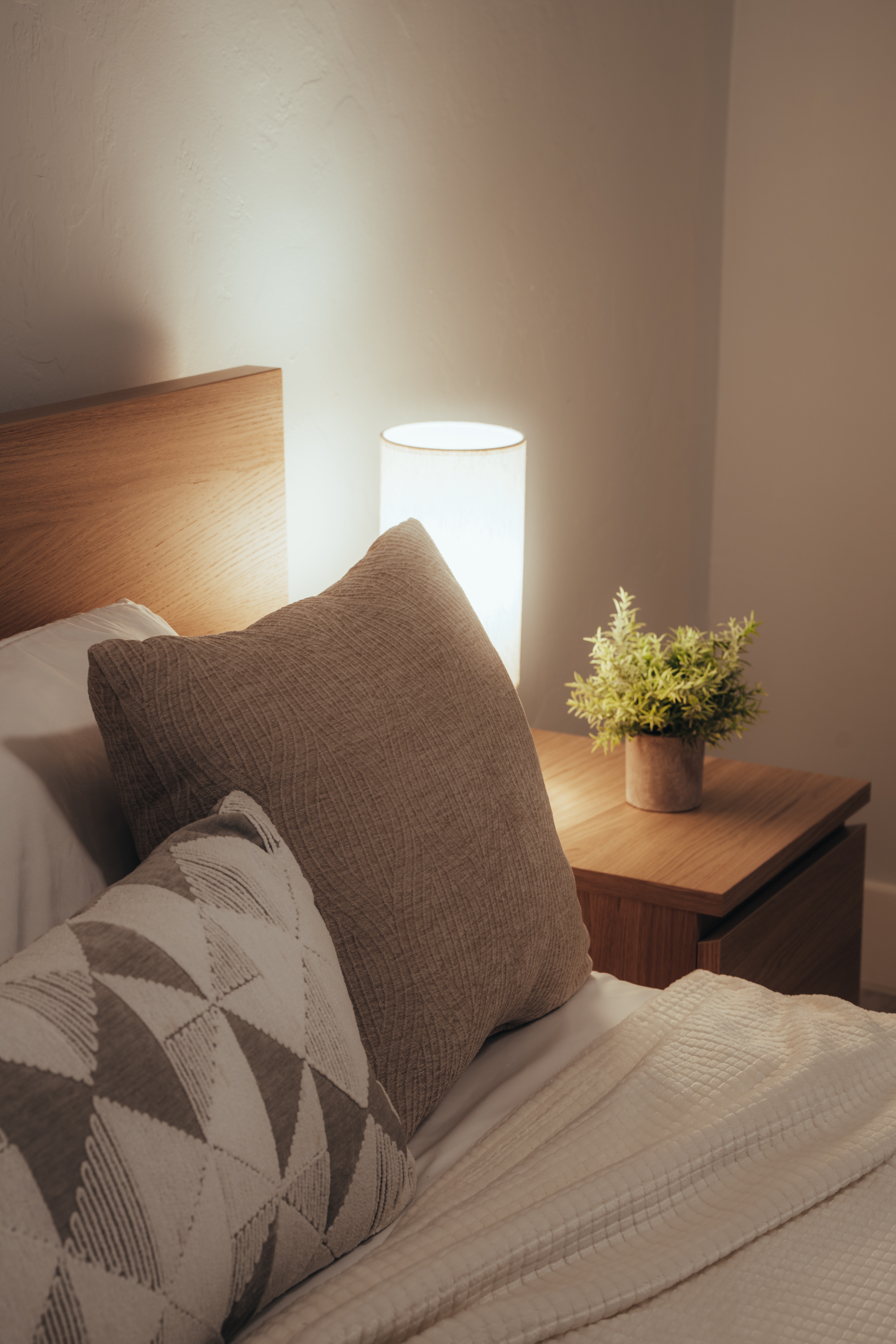
Letting Go of Material Possessions
When it comes to decluttering, many baby boomers find themselves surrounded by a lifetime’s worth of accumulated possessions. Letting go of these material items may seem challenging at first, but it ultimately leads to a sense of liberation. Here’s how:
- Rediscovering what truly matters: Minimalism encourages boomers to reevaluate our priorities and focus on what brings us joy and fulfillment in life. By letting go of material possessions, we can redirect our attention and energy toward meaningful experiences and relationships.
- Reducing stress and anxiety: A cluttered living space can contribute to feelings of stress and anxiety. Minimalism offers a solution by creating a more organized and serene environment. As baby boomers pare down our possessions, we free up physical and mental space, resulting in reduced stress levels and a greater sense of calm.
- Creating room for new possibilities: Letting go of material possessions opens up opportunities for boomers to explore new avenues in life. Whether it’s embarking on new hobbies, downsizing to a smaller home, or traveling more freely, minimalism creates space for exciting new experiences and adventures.
Finding Freedom in Minimalism

Minimalism is more than just decluttering; it represents a mindset shift toward intentional living and freedom from excessive consumerism. Here’s how baby boomers find freedom through minimalism:
- Financial freedom: Letting go of unnecessary possessions means spending less on material goods. By adopting a minimalist lifestyle, boomers can save money, pay off debts, and gain greater financial security. This newfound financial freedom allows us to focus on experiences rather than material possessions.
- Emotional well-being: Material possessions often come with emotional attachments. Minimalism encourages boomers to detach our sense of self-worth from material items, creating a healthier relationship with possessions. This shift can lead to increased self-acceptance, contentment, and overall emotional well-being.
- Liberation from societal expectations: Minimalism offers baby boomers an opportunity to break free from the societal pressures of consumerism and the need to constantly acquire more. By embracing a minimalist lifestyle, we can define our own values and priorities, unburdened by external expectations.
Decluttering and simplifying are fundamental aspects of minimalism that resonate deeply with baby boomers. By letting go of material possessions and finding freedom in minimalism, we can experience a greater sense of liberation, enhanced well-being, and a renewed focus on what truly matters in life.
Embracing a Minimalist Aesthetic
Minimalism is not just about decluttering and getting rid of unnecessary possessions; it’s also a lifestyle that embraces a minimalist aesthetic. This aesthetic is characterized by clean lines, simple design, and a focus on functionality. In this section, we will explore two key aspects of embracing a minimalist aesthetic: appreciating clean and simple design, and creating a calm and serene living space.
Appreciating Clean and Simple Design
One of the fundamental principles of minimalism is appreciating clean and simple design. Minimalist aesthetics prioritize functionality over excessive ornamentation, stripping away any unnecessary elements to create a visually appealing and clutter-free environment.
Minimalist design focuses on straight lines, geometric shapes, and a limited color palette. It embraces the idea that less is more, allowing each element to stand out and make a statement. This simplicity creates a sense of calm and order, promoting a peaceful atmosphere within your living space.
By appreciating clean and simple design, minimalists find beauty in the absence of clutter and the refined nature of minimalistic furniture and decor. Every piece in a minimalist space serves a purpose, eliminating any unnecessary distractions and allowing for a more serene and focused environment.
Creating a Calm and Seren
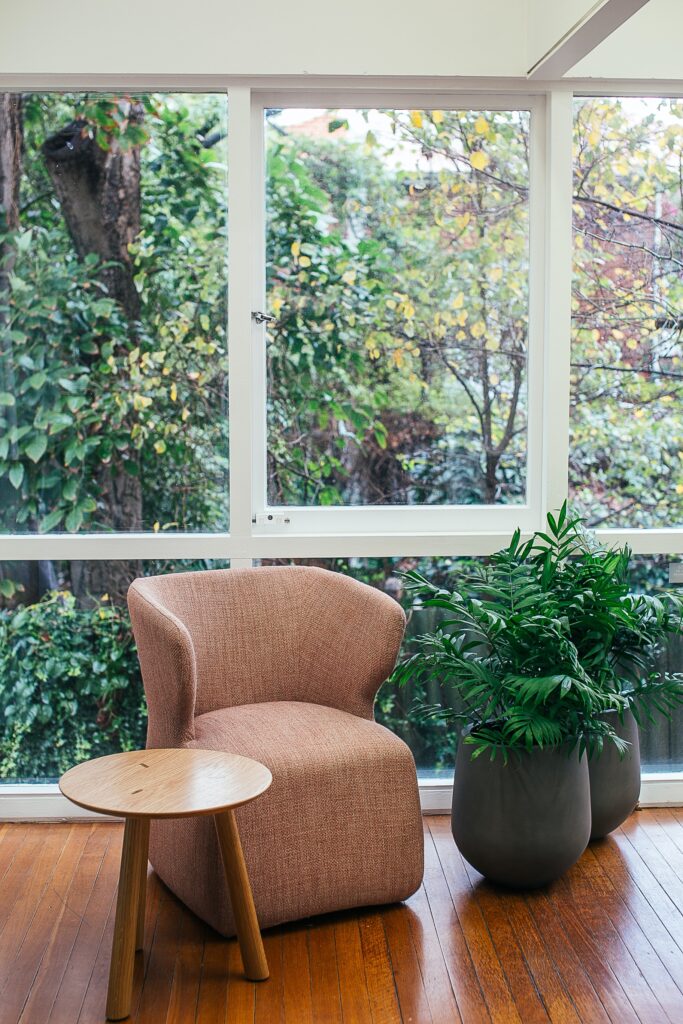
Another key aspect of embracing a minimalist aesthetic is creating a calm and serene living space. Minimalists strive to cultivate an environment that promotes relaxation, reduces stress, and fosters a sense of tranquility.
In a minimalist home, each item has its place and purpose. By removing excess possessions, you can open up physical and mental space, promoting a sense of clarity and calmness. Simplifying your surroundings allows you to focus on what truly matters and eliminates the distractions that may cause stress or anxiety.
Minimalists often incorporate natural elements into their living spaces, such as plants, natural light, and organic textures. These elements help create a connection to the outdoors and bring a sense of serenity indoors. Greenery adds life and freshness to a minimalist space, while natural light promotes a feeling of openness and positivity.
Minimalists prioritize functionality in our furniture and storage solutions. By opting for multi-purpose furniture and efficient storage systems, we maximize space and reduce visual clutter. This intentional approach to designing a living space ensures functionality without sacrificing style.
Embracing a minimalist aesthetic involves appreciating clean and simple design while creating a calm and serene living space. By removing excess and focusing on functionality, minimalists find beauty and tranquility in simplicity. The minimalist aesthetic promotes a visually appealing environment that encourages relaxation and increases overall well-being.
Prioritizing Experiences Over Things
“To change your life, you need to change your priorities.” – Mark Twain
Boomers are embracing minimalism as a way to prioritize experiences over material possessions. This shift in mindset allows us to create a more meaningful and fulfilling life by investing in travel and adventures, as well as focusing on relationships and memories.
Investing in Travel and Adventures

One of the top reasons why baby boomers are turning to minimalism is our desire to invest in travel and adventures. We understand that the memories and experiences gained from exploring new places far outweigh the temporary satisfaction that material possessions can bring.
By decluttering our lives and embracing a minimalist lifestyle, baby boomers free up both physical and mental space to make room for exciting adventures. With fewer possessions to tie us down, we have the flexibility and resources to embark on new journeys, whether it’s exploring far-off destinations or immersing ourselves in local activities.
Traveling allows boomers to broaden our horizons, learn about different cultures, and create lasting memories. It provides us with the opportunity to connect with others, learn new skills, and gain a deeper understanding of the world. By investing in experiences rather than accumulating things, we are able to live life to the fullest.
Focusing on Relationships and Memories

Another key aspect of prioritizing experiences over things is the emphasis on relationships and memories. Baby boomers recognize that the true value in life lies in the connections we make and the memories we create with loved ones.
By adopting a minimalist mindset, baby boomers are able to declutter not just our physical spaces, but also our social calendars. We learn to prioritize meaningful relationships and spend quality time with family and friends, rather than being driven by work and consumed by the pursuit of material possessions. Whether it’s gathering around the dinner table for a home-cooked meal, going on family outings, or simply enjoying quiet moments with loved ones, these experiences hold far more value than any material possession ever could.
Transitioning to Retirement

As retirement approaches, many baby boomers find ourselves contemplating a simpler and more intentional lifestyle. The transition to retirement is a significant milestone that offers the opportunity for us to downsize and simplify our lives.
Downsizing for an Empty Nest
One of the primary reasons why boomers choose to become minimalists during retirement is the desire to downsize our living spaces. With children growing up and moving out of the family home, many find themselves with more space than they need. Downsizing is not only practical but also liberating, allowing retirees to declutter our lives and focus on what matters most.
- Embracing a sense of freedom: As boomers transition into retirement, downsizing can provide a newfound sense of freedom. By letting go of unnecessary possessions, retirees can create a lighter and more flexible living environment that suits our evolving needs and lifestyle.
- Reducing maintenance and expenses: A smaller home requires less maintenance, allowing us to spend our time and resources on activities we enjoy. Embracing a minimalist mindset helps boomers streamline our financial commitments, leading to reduced expenses and increased financial security during retirement.

- Creating a cozy and comfortable living space: Downsizing offers the opportunity to create a more intimate and personalized living space. Boomers can design their surroundings to reflect their tastes and preferences, creating a cozy and comfortable home that perfectly suits our lifestyle.
Finding Happiness Beyond Material Possessions
“For many, retirement is a time for personal growth, which becomes the path to greater freedom.” –Robert Delamontague
Minimalism offers a path to discovering a deeper sense of happiness and contentment. By letting go of the constant desire for more, baby boomers are finding fulfillment in simplicity and mindfulness. We understand that true happiness lies in meaningful connections, personal development, and pursuing passions.
Rather than seeking happiness in the pursuit of material possessions, boomers are focusing on what truly brings us joy. We are investing their time, energy, and resources into experiences that enrich our lives and contribute to our overall well-being. Whether it’s engaging in hobbies, spending time with loved ones, or exploring the great outdoors, we are prioritizing what matters most at this stage of life.

There are lots of reasons why baby boomers are embracing minimalism as a lifestyle choice. From reducing stress and anxiety to gaining financial freedom, the benefits of minimalism resonate with our generation. The shift toward minimalism is not just a passing trend but a conscious decision to live a more intentional and meaningful life. As more boomers discover the joys of minimalism, it is likely that this movement will continue to gain momentum and inspire others to embark on their own minimalist journeys. So, if you’re a boomer considering minimalism, take that first step toward a simpler, more fulfilling life.

